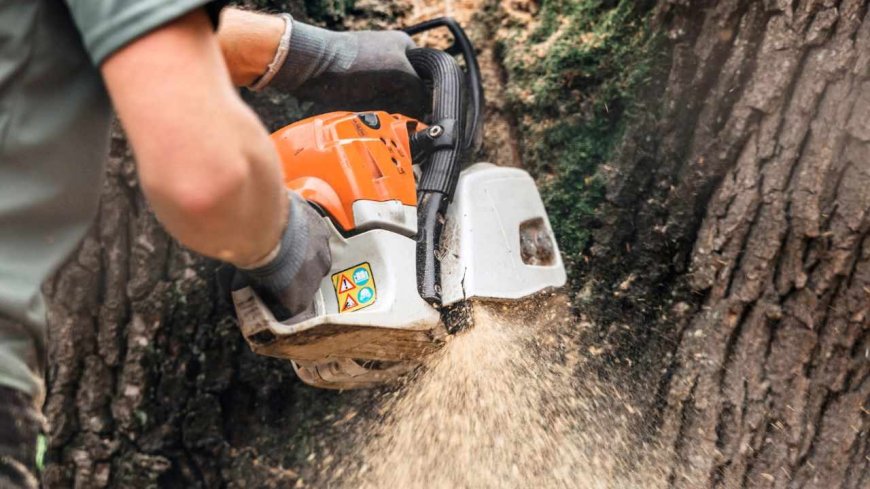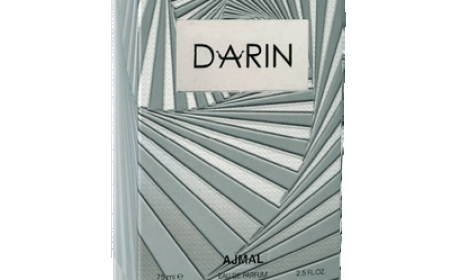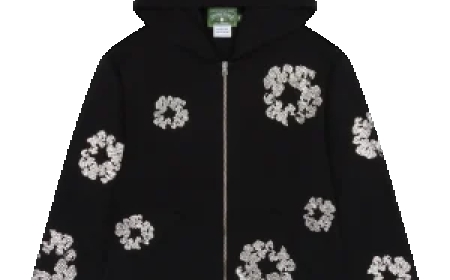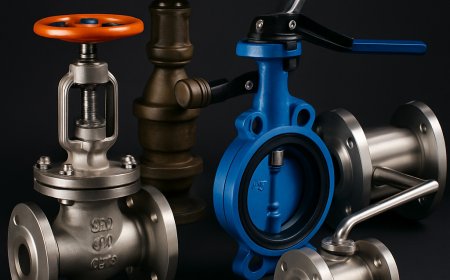Tree Pruning: The Ultimate Guide to Healthier, Safer, and More Beautiful Trees
Tree pruning might seem simple, but it’s an art backed by science. Done right, it can transform your trees into thriving, safe, and beautiful features in your yard. Whether you’re trimming a small fruit tree or taming a towering oak, pruning is all about thoughtful care and timing. So grab those clippers—or call in a pro—and let your trees reach their full potential.

Tree pruning is the practice of selectively removing branches from a tree to improve its structure, promote healthy growth, and enhance its appearance. Its like giving your tree a haircutexcept instead of looking good for photos, it's about survival and strength.
Why Is Tree Pruning Important?
Without regular pruning, trees can become overgrown, weak, or even hazardous. Dead branches can fall, diseases can spread unchecked, and the trees overall shape may grow lopsided or chaotic. Tree Pruning isn't just maintenanceits an investment in your trees future.
The Benefits of Tree Pruning
Health Benefits for Trees
Pruning eliminates dead, diseased, or insect-infested branches before they spread. It gives your tree the air circulation and sunlight it needs to thrive, helping it grow stronger and healthier over time.
Safety and Hazard Reduction
Overhanging limbs or cracked branches pose serious risks, especially during storms. Pruning removes these dangers, protecting your family, home, and vehicles from potential damage.
Improved Aesthetics and Property Value
A well-pruned tree adds beauty and balance to your landscape. Curb appeal matters, and neat, healthy trees can significantly increase your homes value.
Boosting Fruit and Flower Production
For fruit trees, strategic pruning leads to larger, tastier yields. Flowering trees also bloom more vibrantly when given proper pruning attention.
Types of Tree Pruning
Crown Cleaning
This involves removing dead, diseased, or broken branches from the crownthe upper part of the tree. It improves tree health and appearance.
Crown Thinning
Selective thinning reduces branch density, allowing more light and air through the canopy. It prevents wind damage and encourages balanced growth.
Crown Raising
Raising the crown clears lower branches for clearancegreat for driveways, sidewalks, and scenic views.
Crown Reduction
Ideal for trees growing too close to buildings or power lines, crown reduction reduces height while preserving structure.
Structural (Developmental) Pruning
Performed when a tree is young, this shapes its growth early, encouraging a strong central leader and ideal branch spacing.
When to Prune Trees
Best Season for Pruning
Winter (dormant season) is often the best time for most tree species. The tree is less stressed, and pests/diseases are dormant too. However, spring-flowering trees are best pruned just after they bloom.
Signs a Tree Needs Pruning
-
Dead or hanging branches
-
Excessive growth or rubbing limbs
-
Poor shape or unbalanced canopy
-
Reduced flowering or fruiting
-
Obstructions over sidewalks or power lines
How to Prune Trees Properly
Tools Youll Need
-
Hand pruners for small branches
-
Loppers for medium branches
-
Pruning saws for thicker limbs
-
Pole pruners for high branches
-
Safety gear: gloves, helmet, and eye protection
Step-by-Step Guide to Pruning
-
Identify your goal: health, shape, or safety?
-
Start with dead, broken, or diseased branches.
-
Remove branches growing inward or crossing others.
-
Cut just outside the branch collar to aid healing.
-
Never remove more than 25% of the crown in a season.
Common Mistakes to Avoid
-
Topping (cutting the trees top off)
-
Cutting too close or too far from the trunk
-
Over-pruning or under-pruning
-
Ignoring tree species-specific needs
-
Pruning during the wrong season
Pruning Different Types of Trees
Deciduous Trees
These trees lose leaves annually and benefit most from winter pruning. Structural shaping in early years is key.
Evergreen Trees
Evergreens require less frequent pruning, but occasional crown thinning and shaping help maintain form.
Fruit Trees
Prune fruit trees to open up the canopy, improve sunlight penetration, and encourage better fruit production.
Young vs. Mature Trees
Young trees need developmental pruning to form strong structures. Mature trees need maintenance pruning to remove deadwood and balance the canopy.
Tree Pruning and Tree Health
How Pruning Helps Prevent Disease
By increasing air flow and removing diseased limbs, pruning reduces the risk of fungal infections and pest infestations.
Healing and Tree Recovery Post-Pruning
Trees compartmentalize wounds. Pruning correctly helps them heal faster. Avoid painting woundstrees naturally seal cuts with their own processes.
DIY Tree Pruning vs. Hiring Professionals
When Its Safe to DIY
If youre dealing with small, low branches and you have the right tools and knowledge, go for it. Just remember safety first.
When to Call an Arborist
If:
-
The branches are near power lines
-
The tree is tall or unstable
-
Youre unsure what to cut
-
You need large-scale pruning
Professional arborists are trained, insured, and equipped to do the job right.
Conclusion
Tree pruning might seem simple, but its an art backed by science. Done right, it can transform your trees into thriving, safe, and beautiful features in your yard. Whether youre trimming a small fruit tree or taming a towering oak, pruning is all about thoughtful care and timing. So grab those clippersor call in a proand let your trees reach their full potential.
FAQs
1. How often should I prune my trees?
Most trees benefit from annual inspections and pruning every 13 years depending on species and growth rate.
2. Can pruning kill a tree?
Improper pruninglike topping or over-pruningcan stress or even kill a tree. Always follow best practices.
3. Is there a bad time to prune trees?
Yes. Pruning during active growth or extreme heat can stress trees. Late winter is ideal for most species.
4. How much of the tree should be pruned at once?
No more than 25% of the canopy in a single pruning session to avoid shock.
5. How do I know if my tree is dead or just needs pruning?
Look for brittle branches, no new buds, peeling bark, or fungal growth. If unsure, get a professional opinion.













































